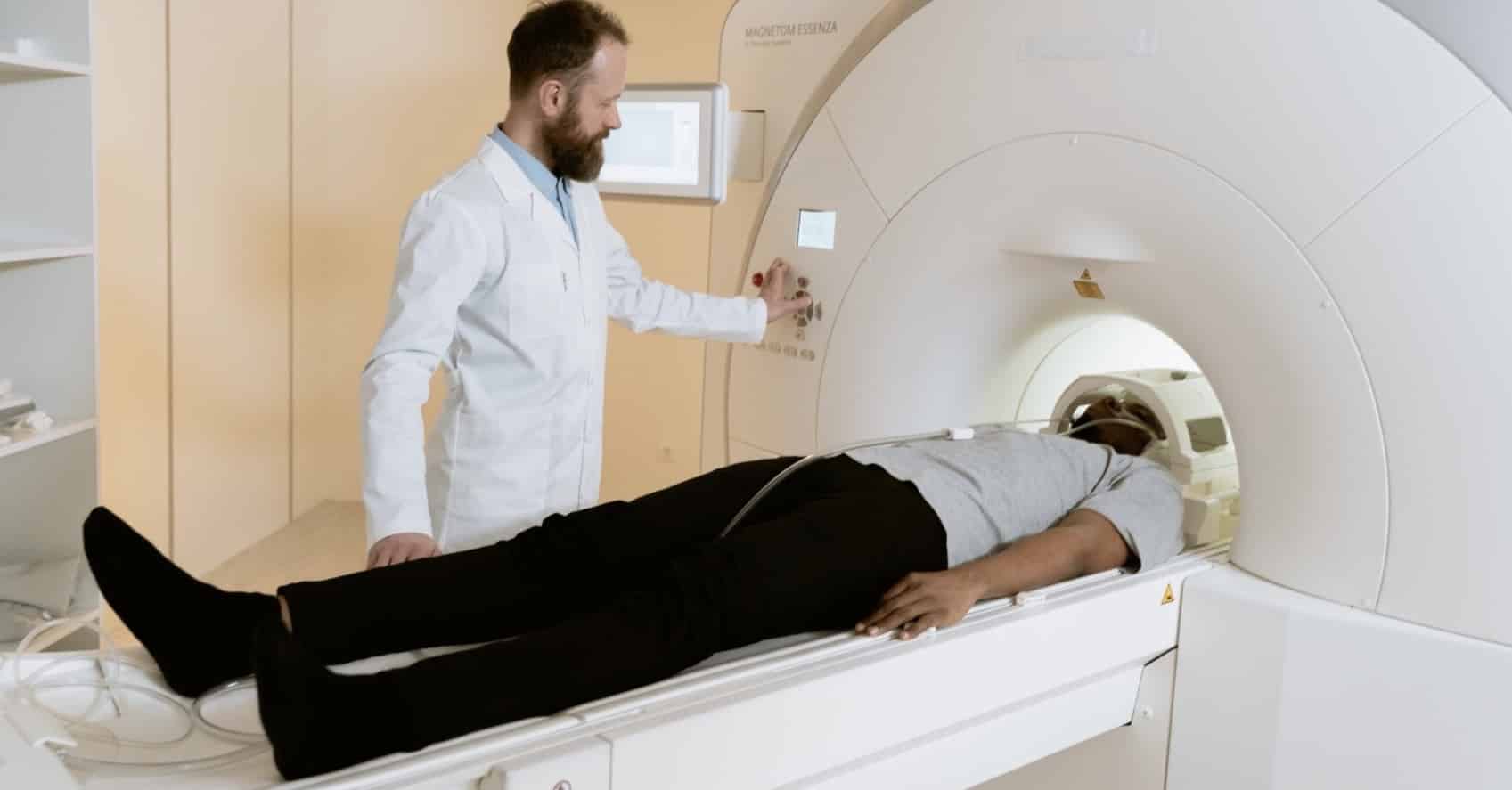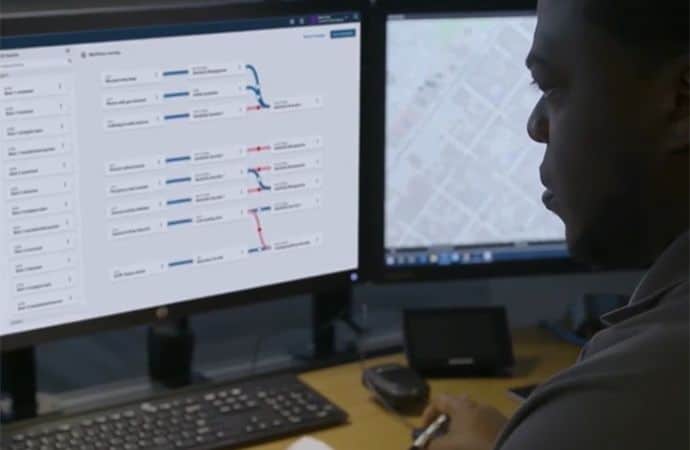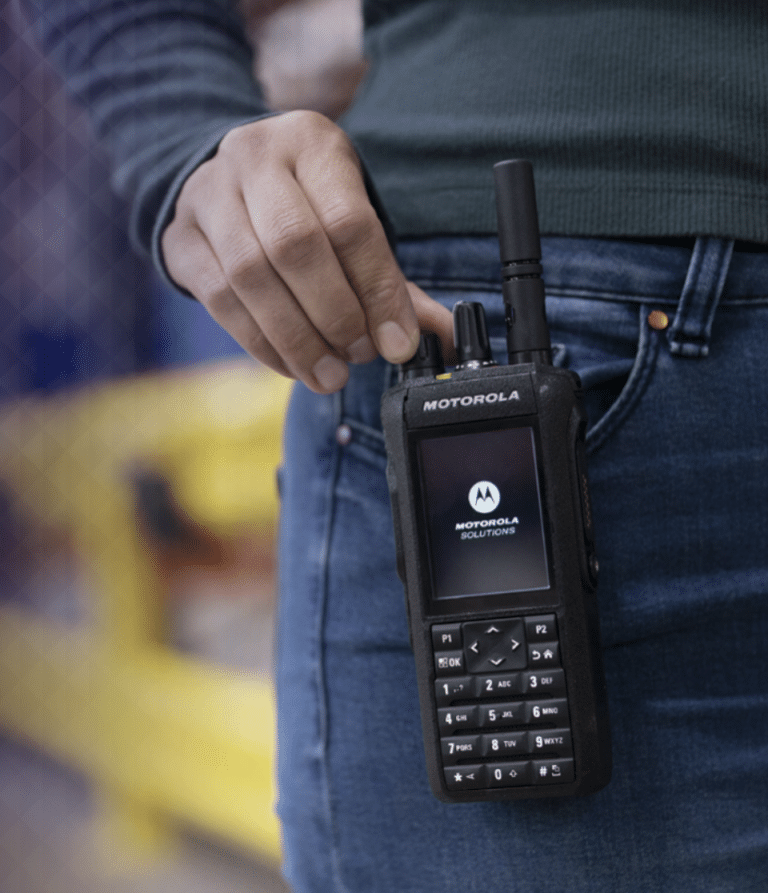Key Points:
- Upgraded mobile workstations cut wasted time and divided attention
- RFID empowers better tracking and management of valuable equipment
- RTLS is poised to deliver a new level of cost-saving efficiency
While some of the world’s most sophisticated technologies play a life-saving role in healthcare settings every day, other technologies in the background offer opportunities to improve the business of healthcare. Here’s some tech food for thought for hospital administrators, CFOs and other key decision-makers in the year ahead.
√ Need It Now
Observing, measuring, and tracking patient conditions is critical work going on around the clock in hospitals and clinics across the country. Nurses and specialists rush from patient to patient, pushing rolling carts stacked with everything from medical equipment to printers and labels. They’re fully equipped with what they need but typically have to find one more thing when they enter a room: an outlet.
“Timing is really important to these professionals. They’ve got a schedule and need to stick to it,” says Mike Markham, Commenco’s Director of Technology Solutions. “Having the flexibility of power when and where they need it without relying on an outlet creates efficiency, and that adds up in the long run.”
Mobile workstations are nothing new in healthcare settings, but are yours showing their age? It’s easy to find something that works, put it in service, and never look back. The problem is new and improved solutions can pass you by. Markham says an intelligent, modern battery is one of those solutions, and your teams need it now.
“Mobile workstations now come equipped with batteries designed to be workhorses. They’re specifically made to last long hours and hold up to the grind inside healthcare settings.”

Think about it. Your mobile workstations are not truly mobile if power cords tie them down. A battery-powered workstation allows teams to forget about power altogether and stay focused on the application of their medical expertise. Battery-powered carts also set professionals free from navigating power cords around tables, chairs, and hospital beds before they get down to the real work at hand.
“Upgrading to battery-powered workstations is a simple adjustment that can make a practical difference every day,” says Markham. “Ask anyone who’s upgraded and they’ll tell you it definitely helps.”
+ Nice to Have
If you haven’t discovered the automated efficiency of Radio Frequency Identification (RFID), you should check it out. And if you’ve already started down the path, consider fully exploring where it can go. RFID hardware wirelessly reads data-rich tags attached to objects. In larger healthcare settings especially, RFID is really nice to have. In fact, it can be a game changer.

“Keeping up with high value equipment and other assets isn’t easy in a busy environment where everyone is constantly rushing around,” says Commenco Business Development Manager, Craig Lynn. “Equipment gets lost and there’s just no time to look around for it in a building or a complex of multiple buildings, and several floors.”
RFID hardware installed at ‘pinch points’ along the path of a healthcare process, such as surgery, can automatically track equipment and devices as they pass through. Managers gain visibility into when items leave a stock room and enter staging areas and operating rooms. The technology can even flag items accidentally headed for the trash.
Take cardiology work for example. Think heart stents and pacemakers. Imagine being able to track them from storage all the way into a patient’s body. Lynn says confirmation and documentation at every step is valuable. “Tracking is important even after something like a stent is put in because it boosts patient safety with the ability to backtrack if there’s a recall or some other issue with that particular stint.”
Commenco has supplied two-way radios, access control and surveillance security systems to small doctor’s offices and larger physician groups, but it’s hospitals where our RFID antennas, readers and tags usually draw the most interest. Hospitals are big, busy and crowded, making equipment tracking a central challenge. Fixed RFID hardware supports rigid medical processes in specific spaces, while mobile handheld RFID devices simplify inventory capture and the search for individual items in packed storage areas.

RFID is commonly deployed in a single area of a hospital first, but soon catches on and triggers expansion. “The return on investment becomes very appealing,” says Lynn. “It can be as simple as deciding whether the equipment you’re usually losing is worth tracking down. If you’ve got millions of dollars in devices floating around, and can’t account for even just a few of them, RFID makes a lot of sense. Keeping track of everything you have can easily offset RFID costs compared to replacing what you can’t find.”
“Hospital managers are focused on providing care, not chasing equipment,” adds Markham. “If you’ve purchased 100 infusion pumps and can only locate 60 of them, you’ve got a problem that’s costing real money. If managers just rent or buy more pumps rather than hunt around for what they already have, the situation gets very expensive.”
> Start Thinking About
Already sold on the potential of RFID? Then look to the future and maybe start thinking about a Real-Time Location System (RTLS). Deploy RTLS and you can start tracking the movement of medical equipment, people and processes as it happens. Real-time capability opens valuable new doors in the quest for efficiency.
“It’s the next level and it’s pretty amazing,” says Lynn. “Not only can you track, you can actively manage resources and people to align them in the most efficient ways based on conditions at any particular moment.”
RTLS delivers a variety of perspectives on healthcare work, offering insights into wasteful trends that might otherwise remain hidden. The technology can revolutionize scheduling across a hospital, filling appointments on the fly when no-shows occur, and identifying the location of equipment near areas where it’s suddenly needed. Lynn says RTLS can streamline communication, tighten up patient handoffs, and boost good feelings that matter to bottom lines.
“If patient satisfaction is your priority, both RFID and RTLS can make a meaningful difference. We’ve all been stuck in a room waiting a long time for a doctor, a test, or maybe a device to complete our visit. These technologies can reduce that wait and get you in and out of the hospital faster in many cases, and keep you safer.”

Invest In More Than Medical Equipment to Do Business Better.
At a time when healthcare costs are a challenge at all levels, efficiency is increasingly seen as a critical opportunity, and technology is unlocking potential like never before. A lean operation that allows very little to go to waste is well-positioned to compete in a new era of higher demands and expectations. And success will certainly favor those willing to invest in more than medical equipment to complete the picture of solid financial health.






